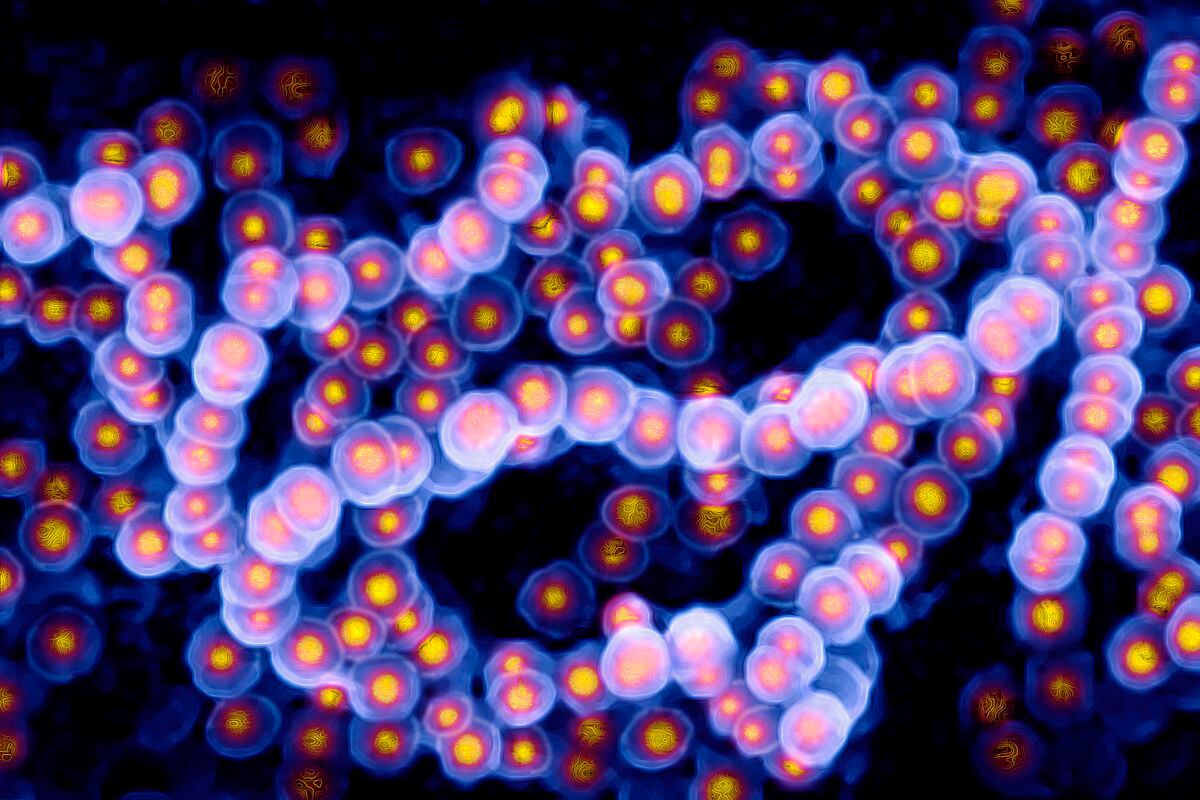Group A strep, a common bacteria that usually doesn’t cause serious health complications, has sparked a UK health alert for an unusual increase in cases and the deaths of at least nine children from complications of the infection. Spanish health authorities have not issued any warning regarding the infection, but they are already investigating the case, according to a circular issued by the Spanish Society of Pediatric Infectious Diseases (SEIP), which suspects that transmission is also possible in an increase in serious infections.
Here’s what is known about the outbreak:
What is group A inflammation?
It Streptococcus pyogenes, also called group A streptococcus (GAS), is one of the most common bacteria in humans, and causes a wide range of infections ranging from pharyngitis and otitis to skin blisters, such as impetigos. In the majority of cases, they cause a sore throat or mild irritation that is treated with antibiotics. Complications are very rare, but in extreme cases, Streptococcus A can cause an invasive infection that can even lead to death.
What caused the warning in Great Britain?
The UK issued a warning on 2 December for an unusual increase in infections from this pathogen after detecting 851 cases during the 46th week of that year; To date, the annual average is 186. Common infections of the upper respiratory tract, such as tonsillitis or scarlet fever, predominate.
Coupled with this increase in infections, an increase in severe cases has also been detected in children under 10 years of age. The incidence has risen to 2.3 cases per 100,000 children aged 1 to 4 years, compared with an average of 0.5 in pre-pandemic years (2017 to 2019) and 1.1 cases per 100,000 children aged 5 to 9 years, compared to an average of 0.3 from 2017 to 2019 in the same year period.
In addition, at least nine children have died, according to the newspaper Guardian. This is an important improvement compared to other seasons: in the entire 2017-2018 season, four deaths were detected. The main serious illnesses detected were pneumonia, sepsis and surprised fulminant septic and necrotizing fasciitis.
How is the situation in Spain?
The public health department and the Ministry of Health as well as SEIP are currently analyzing cases to detect infection by this pathogen. A few registered deaths in children and a few (undetermined) serious cases “could lead us to think we also have an increase in cases,” the society said. In some children it can cause superinfection from a viral respiratory infection, such as respiratory syncytial virus or influenza.
How was it investigated?
SEIP has asked concerned doctors to send them all serious cases for inclusion in the clinical data network. The society has been collecting statistics for several years that make it possible to compare the statistics of the season and thereby determine whether its occurrence has increased.
What are the main symptoms?
Streptococcus often manifests itself with throat symptoms including: sore throat on swallowing, fever, red and swollen tonsils (sometimes with white spots or plaques of pus), small red dots on the roof of the mouth, and swollen neck lymph nodes. According to the United States Centers for Disease Control, symptoms such as cough, runny nose, hoarseness, and conjunctivitis may indicate that it is a virus, and not this bacteria. On the skin it usually manifests with blisters like impetigo or redness.
The above are symptoms of minor ailments that often occur, the most common. Invasive infection is very rare. They can cause necrotizing fasciitis (early signs are fever, sharp pain, and swelling and redness of the wound area) and shock septicemia, which may include fever, dizziness, confusion, hypotension, rash, and abdominal pain.
How is it contagious?
Through direct contact with nasal or throat secretions of an infected person with infected skin lesions. In order to minimize the risk, hand hygiene is recommended, which should be practiced in extreme cases in case of an infected person after coughing, sneezing or eating.
How is it treated?
Mild cases are treated with antibiotics such as penicillin which must always be prescribed by a doctor. SEIP recommends home isolation without going to school for all children with confirmed streptococcal infection for at least 24 hours with antibiotic treatment to prevent spread and increase in cases.

“Internet trailblazer. Troublemaker. Passionate alcohol lover. Beer advocate. Zombie ninja.”







